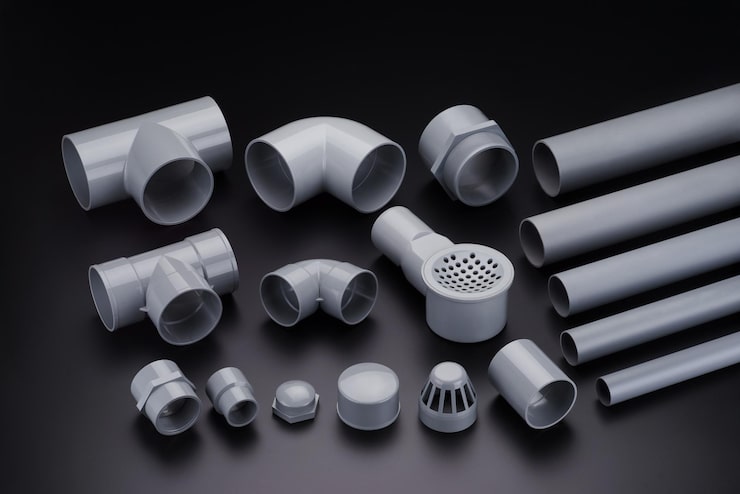Understanding what is the electrostatic phenomenon in powder coating is essential for anyone involved in industrial finishing, manufacturing, or product design. This phenomenon is at the heart of the powder coating process, enabling powdered particles to adhere evenly to a surface before being cured into a durable, protective finish. Without the electrostatic effect, the application would be inefficient, uneven, and prone to defects. By examining how this works and why it is so effective, professionals can make informed choices about equipment, materials, and production methods.
In powder coating, the electrostatic phenomenon involves charging powder particles with an electrical charge and applying them to a grounded workpiece. This is typically achieved by using a spray gun that imparts a negative or positive charge to the powder as it leaves the nozzle. The object to be coated is electrically grounded, creating an attraction between the charged powder and the surface. This attraction ensures that the powder clings to the surface uniformly, even before it is cured by heat. The process allows for precise control over coverage, minimizing overspray and waste while improving coating quality.

A key reason this method is so effective is the physics of electrostatic attraction. Charged particles naturally seek out surfaces of opposite charge, and because the workpiece is grounded, it becomes an ideal target for the charged powder. This creates a wrapping effect where powder can reach edges, corners, and even recessed areas without the need for multiple passes. This is especially important in manufacturing complex-shaped products, where consistent coverage can otherwise be difficult to achieve with traditional liquid paint.
One important aspect to consider is the role of the spray gun design. Corona charging spray guns use high-voltage electrodes to impart a charge to the powder, while tribo charging guns rely on friction to generate the charge as powder moves through the gun barrel. Both rely on the electrostatic phenomenon, but their performance characteristics differ. Corona guns are more common and versatile, while tribo guns can be more effective in certain conditions, such as when coating parts with deep recesses or when a smoother finish is required.
The environmental conditions also have a significant influence on the electrostatic phenomenon in powder coating. Humidity, temperature, and air cleanliness all impact how well the charge is retained on the powder particles. High humidity can reduce the efficiency of the charge, leading to weaker attraction and more uneven application. Therefore, many powder coating facilities maintain controlled climate conditions to optimize the process.
From an efficiency standpoint, the electrostatic effect greatly improves material transfer efficiency, meaning a higher percentage of powder sprayed actually adheres to the part rather than being lost as overspray. This not only reduces material costs but also supports environmental sustainability by minimizing waste. Any excess powder that does not adhere can often be recovered and reused, further improving efficiency.
In terms of surface quality, the electrostatic phenomenon ensures a smooth, even distribution of powder that results in a uniform cured finish. This eliminates many of the common problems associated with wet painting, such as drips, runs, or sagging. The charged powder naturally seeks to level out during application, which enhances the final appearance after curing.
The electrostatic process is also highly adaptable to different types of powder coatings, including epoxy, polyester, polyurethane, and hybrid formulations. Each type of powder may respond slightly differently to electrostatic charging, but the underlying principle remains the same: the charge improves adhesion before heat cures the coating. Manufacturers can tailor powder selection and charging parameters to match the performance needs of the final product, such as UV resistance for outdoor use or chemical resistance for industrial environments.
In the context of industrial scalability, the electrostatic phenomenon makes powder coating ideal for both small-scale custom jobs and large-scale automated production lines. Automated systems can be programmed to maintain consistent charge levels, gun distances, and spray patterns, ensuring every product meets the same high-quality standards. For industries like automotive, furniture, appliances, and construction materials, this consistency is critical for both performance and brand reputation.
It is worth noting that safety measures are an important part of working with electrostatic powder coating systems. The high voltages involved in charging the powder must be managed carefully to prevent hazards such as electric shocks or ignition of combustible dust. Proper grounding of equipment, regular maintenance, and adherence to industry safety standards ensure that the benefits of electrostatic application are achieved without unnecessary risks.
The economic benefits of using electrostatic powder coating stem from reduced material waste, lower labor costs due to faster application, and less need for rework. Because the coating is applied evenly and effectively on the first pass, manufacturers can reduce downtime and increase throughput. Additionally, the long-lasting durability of powder-coated finishes reduces warranty claims and extends the product life cycle, adding long-term value for both producers and end users.
Ultimately, the electrostatic phenomenon in powder coating is a scientific principle applied in a practical, industrial context to achieve superior coating adhesion, consistent coverage, and operational efficiency. By understanding how it works and how to optimize it, businesses can improve product quality, reduce costs, and meet demanding environmental and performance standards in competitive markets.


